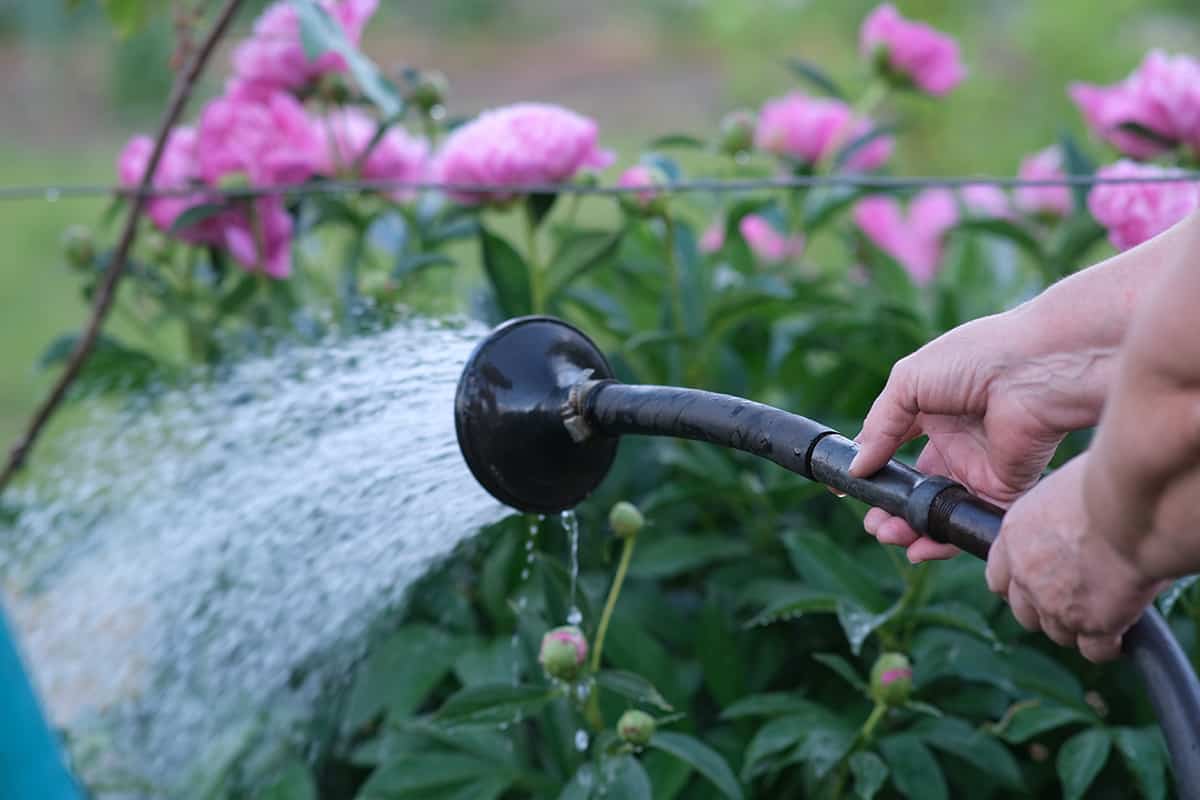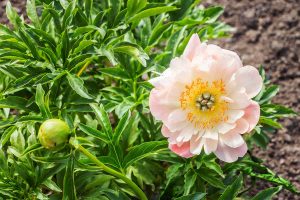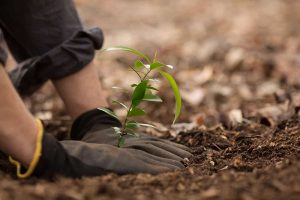Watering is among the most important factors when it comes to caring for your peonies properly. There are a few things you need to address, including whether peonies like moist soil or not, the age, type, climate, seasons, and etc. before you can decide how much water you provide for your peonies.
Table of Contents
Do Peonies Like Moist Soil?
Peonies thrive in soils that are kept consistently moist, however, they cannot cope with soil that is wet or soggy, so the type of soil you are growing your peonies in will need to be well draining. A well-draining soil ensures that excess moisture is drained away from the roots of the plant to prevent root rot, yet it retains some moisture so that the roots have access to the water they need.
When peonies are young and have not yet become well established, they have higher water needs compared to mature peonies. Young peonies should be watered more frequently than established peonies to take account of this.
Can Peonies Tolerate Drought?
Peonies, strictly speaking, are not drought tolerant, however, they can survive for short periods in dry soil, especially if they are well-established. The reason for this is that established peonies will have roots that have grown deep into the soil, and therefore they can access other sources of moisture in the absence of rainfall or irrigation.
If you are going on vacation during a dry spring or summer and won’t be around to water your peonies, you don’t need to worry. As long as these peonies are well established then they will be able to survive for a few weeks without being watered. However, if the peonies are young or not yet well established, then several weeks without water could kill off the plant.
The climate you are growing peonies is also going to affect the plant’s ability to survive in dry soil. If the weather is cool then the moisture needs of the peony will be lower compared with a peony growing in a hot climate.
How Often Should Peonies be Watered?
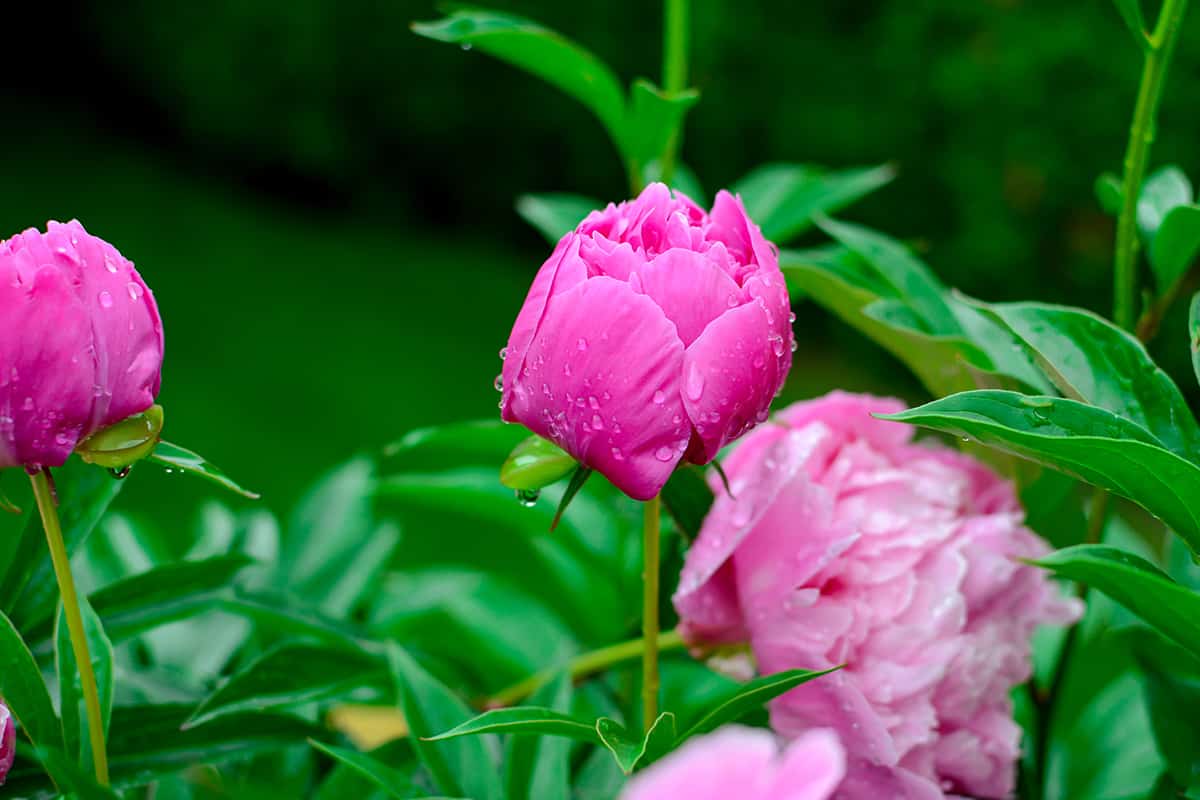
Peonies should be watered according to their size, age, climate, type, season, and condition of the soil. Watering your peonies according to a universal schedule isn’t going to work, because the water needs of these plants will differ at various times of the year, and according to a number of different factors.
Age
Young peonies are going to need to be watered more frequently than well-established peonies because the roots of young peonies have not yet found their way to other sources of moisture beneath the upper layers of the soil.
In spring and summer, young peonies should be watered daily or every other day, depending on the climate and the level of rainfall your region is experiencing. If there has been raining, avoid watering the plants until the top layer of the soil has dried out.
Climate
In hot climates, daily watering will likely be necessary for younger peonies, while in cooler climates you can usually water these plants every other day. If the peony plant is well established, you can water them twice a week during warm and dry seasons, or once a week if the local climate is cooler.
Season
Peonies are herbaceous perennials that have a growth phase in spring and summer, then die back to the ground in fall and winter for their dormant stage. This means that they need more moisture through spring and summer when they are growing and developing. The plant still requires moisture through fall and winter, however, this will be considerably less, and is usually catered for by rainfall. In the growing seasons, water your peony so that the soil remains lightly moist.
This means it should not completely dry out, but it should also not be heavy and wet. A moist or damp soil is best. In fall and winter, peonies do not need to be watered unless the season is particularly dry. In most climates, the rainfall through fall and winter will be enough to keep the soil moist.
Type
Different types of peonies require different levels of moisture. While herbaceous peonies like to be grown in soil that is consistently moist, tree peonies can tolerate drier soil. After a tree peony is a few years old, it will not need any routine watering, while herbaceous peonies of the same age should continue to be watered through spring and summer each year.
Soil
Paying attention to the condition of your soil is a good way to water any plant, including peonies. These plants prefer soil that is moist and cannot tolerate soils that are heavy with water.
Before watering your peony, check the condition of the soil either visually, or by dipping a finger a few inches into the soil. If the soil looks visibly wet, then do not add any more water. If it feels dry within the top few inches of soil, then add water and pay close attention to check the plant isn’t being underwatered.
Light
Sunlight and warm temperatures will cause moisture to evaporate more quickly from the soil. If your peony is growing in a position of full, direct sun, then you can expect it is going to need watering more frequently than a peony that is growing in partial shade.
How to Water Potted Peonies
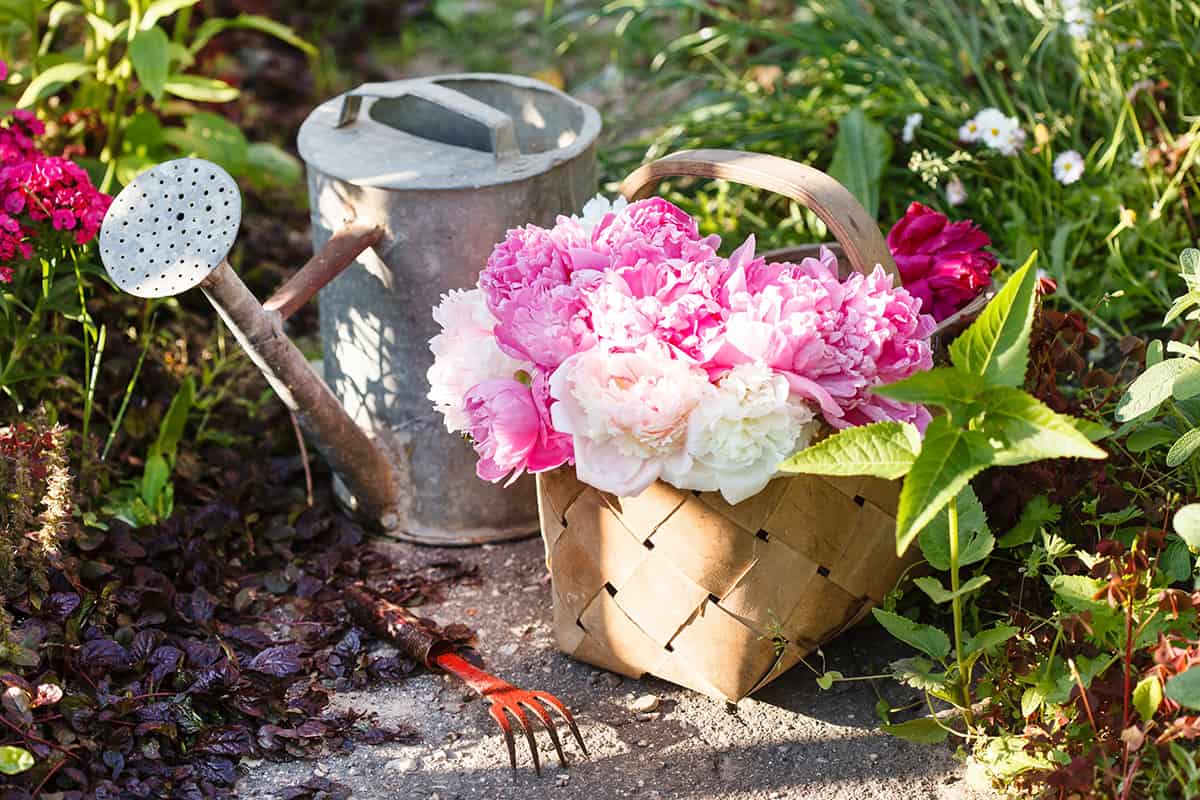
Potted peonies, much like other potted plants, will need watering more frequently than those which are grown directly in the ground soil. This is because the plant, no matter how well-established it is, will have its roots confined to the inside of the pot. The roots are unable to search deep into the ground soil for other sources of moisture, and therefore they entirely rely on water which is added to the pot.
During rainfall, it won’t be necessary to offer supplemental water to a potted peony, however in dry periods through spring and summer a potted peony will likely need to be watered every day.
Added to the fact that the roots cannot find other sources of moisture, the soil in pots will dry out more quickly than ground soil. These factors combined means that potted peonies will need more regular watering. Ensure your pot has several drainage holes on the bottom so that any excess water can escape preventing issues with root rot.
Tips for Watering Peonies
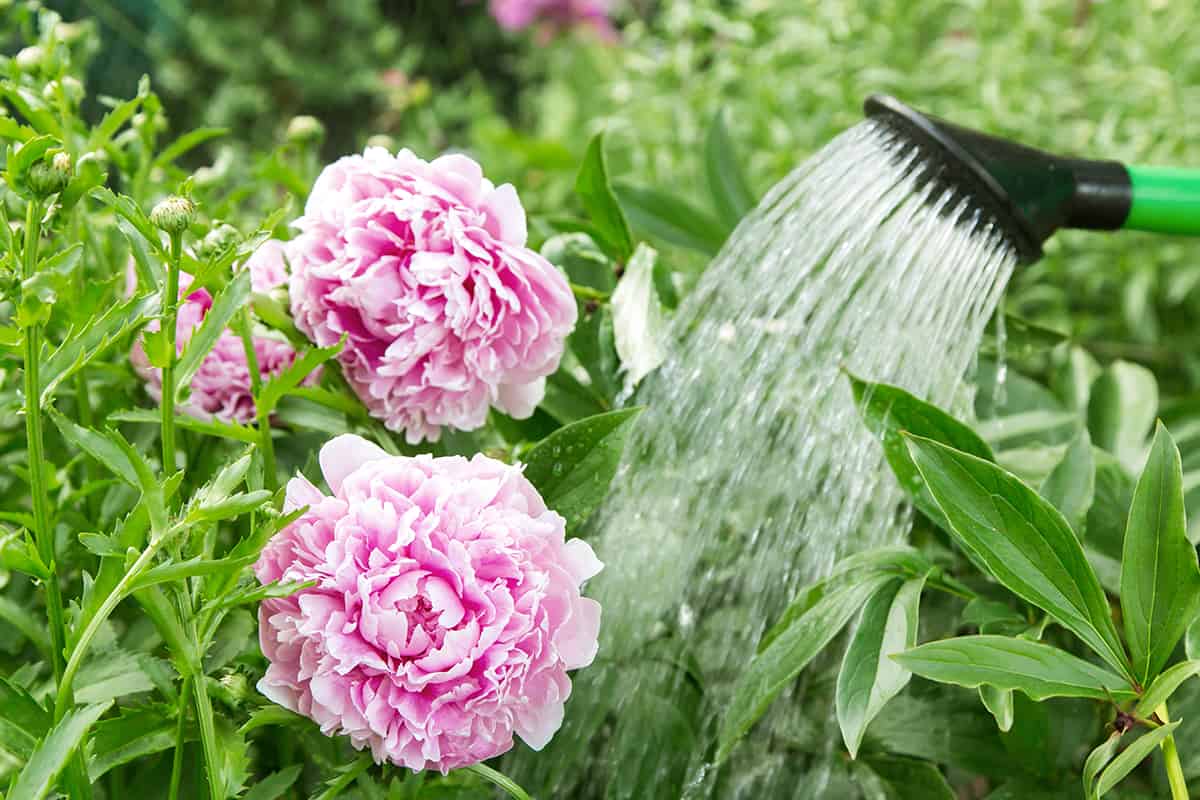
Water Deeply
Peonies thrive in soils that are consistently moist, and the best way to achieve this is by watering the plants deeply. This means applying generous amounts of water to the soil and allowing it to seep into the depths of the soil. If you water the soil sparingly, the moisture will only remain in the top layer of the soil, and this will be more likely to evaporate quickly.
Water Frequently
Since peonies love moist soils, you should aim to avoid letting the soil dry out. While established peonies can survive periods of drought, it isn’t beneficial for their health. Water your peonies every few days during hot and dry seasons to ensure they get all the moisture they need.
Water at Ground Level
Peonies should always be watered at ground level so that the foliage and flowers of the plant don’t get unnecessarily wet. When peonies are wet they are more susceptible to fungal diseases, which thrive in moist and humid conditions. Direct your hose or watering can to the soil the plant is growing in, rather than to the plant itself.
